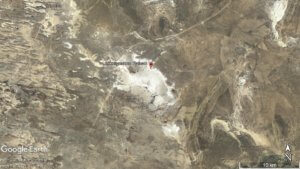
Akkergeshen Plateau
The Akkergeshen Plateau is an area of chalk upland 55 km east of Kulsary town (pop. 51k). It measures approximately 12 x 8 km and
If you’re new to Planet Esoterica, have a read of our About Us page to learn more about our motivations and objectives. Right now, we’re focused on researching and writing about Kazakhstan, in particular the western part of the country. Take a look at some places we’ve explored so far, ranging from desert-covered peninsulas, remote Caspian Sea islands, underground mosques, and more. If you have time, we also recommend reading our history of Kazakhstan article.

The Akkergeshen Plateau is an area of chalk upland 55 km east of Kulsary town (pop. 51k). It measures approximately 12 x 8 km and
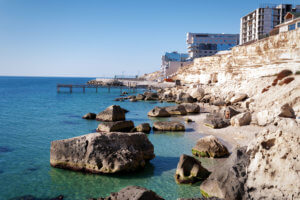
Aktau serves as a perfect starting point for journeys into the Ustyurt and the broader Mangystau Region. Its strategic location on the Caspian Sea, coupled
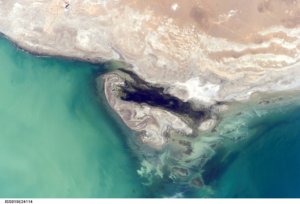
Established in 1982, the Aktau-Buzachinskiy Nature Reserve (Актау-Бузачинский Заповедник) covers an area larger than Greater London. Animals living in the area include the Ustyurt mouflon,
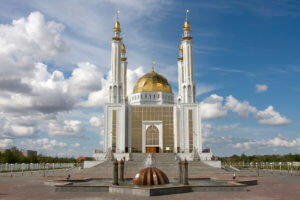
Aktobe is on the western end of the Kazakh Steppe, less than 100 km from the Russian border. As the capital city of the Aktobe
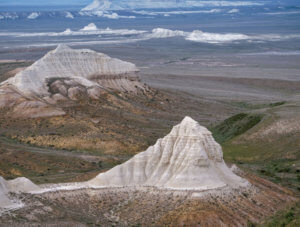
The Aktolagay Plateau is a cluster of freestanding chalk cliffs rising out of the eastern Precaspian Basin on the Aktobe-Atyrau regional border. It’s 50 km
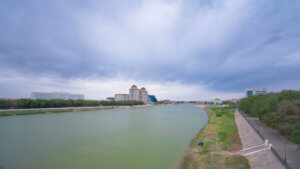
Table of Contents History of Atyrau Tsardom of Russia Era The origins of Atyrau began in the 1550s after Tsar Ivan the Terrible’s soldiers overthrew
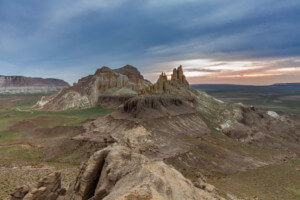
Ten kilometres north-west of Shetpe town is Ayrakty-Shomanai, or as 19th-century Ukrainian artist-poet Taras Shevchenko preferred to call it: the Valley of Castles. The peaks are
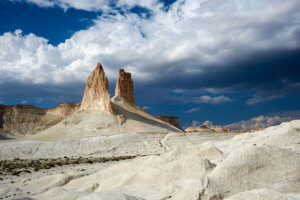
Boszhira (Босжира) is Central Asia’s rival to the USA’s Monument Valley National Park, with the added bonus of no crowds. Packed into a 7 x
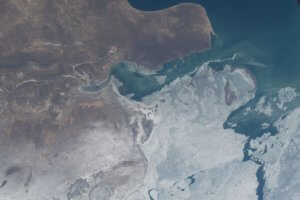
The Buzachi Peninsula has five small ‘sands’ (пески), which is a Russian term for a small desert: the Kyzylkum (Кызылкум), Uvahkum (Увахкум), Shulshagylkum (Шулшагылкум), Zhilimshik
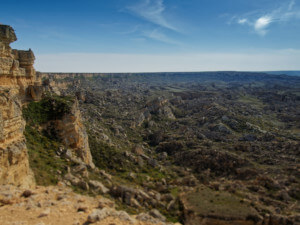
Forty kilometres west of the Aktau-Buzachinskiy Nature Reserve, on the Tub-Karagan Peninsula’s north coast, is the rubble strewn landscape of Cape Zhigylgan. Meaning ‘Collapsed Land’ in Kazakh, the area was
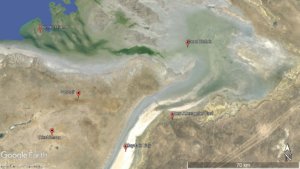
From the 17th to 20th century, Dead Kultuk has had a three different names: Blue Bay, Tsesarevich Bay and Komsomolets Bay. At the entrance of
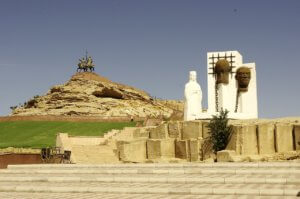
Perched on the western tip of the Tub-Karagan Peninsula is the city of Fort Shevchenko and its satellite port town of Bautino. It’s the Mangystau
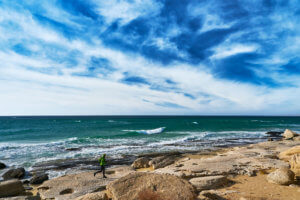
On the south-west side of the Tub-Karagan peninsula is the half-kilometre-long Golubaya Bay (aka Blue Bay), which is sandwiched between the Uzynkuduk and Tulkili Gorges. Less than a kilometre
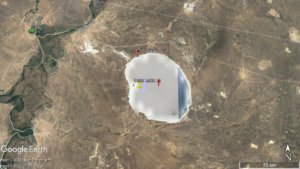
Less than 20 km east of the Ural River is Inder Lake. It’s the second largest lake in western Kazakhstan after Shalkar Lake, which is
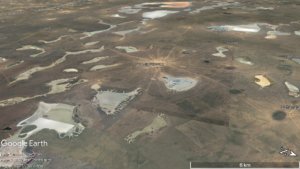
At the northern edge of the Ryn Desert is Kamysh-Samara. The 100 x 60km plain was once home to at least a dozen lakes, with
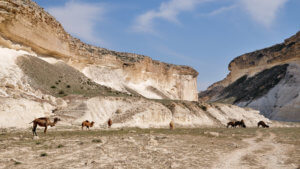
Kapamsay Canyon is four kilometres southwest of Shakpak-Ata. When approaching it from afar, you’ll see the white-sided walls of the chasm peeking up above the vegetated
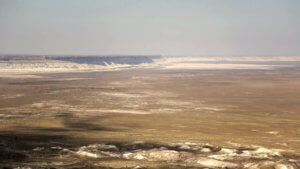
Fifty-five kilometres southeast of Aktau is the Karagiye Depression. At -132 m below sea level, it’s the lowest point in Central Asia and the former Soviet Union.
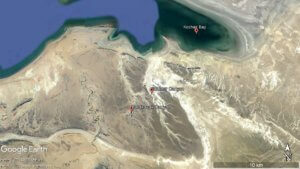
The main sections of the Karakavak and Shuldor Canyons start east of a dirt road junction. Both run north for roughly 9 km before opening up in
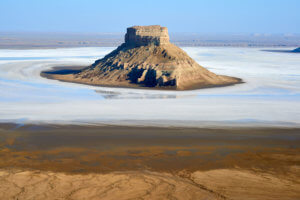
Karynzharyk is an 85 km long and 15 km wide depression in the Ustyurt Nature Reserve. The nearest village is Ak-Kuduk, which is situated 25
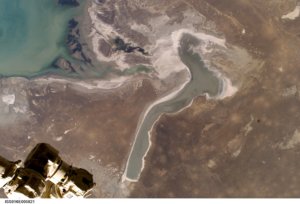
Kaydak Bay is a 15 km wide salt marsh extending for over 100 km along the Buzachi Peninsula’s east coast. A 1–2 metre high depositional
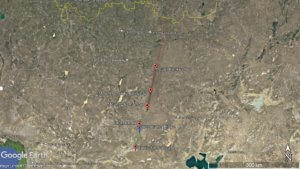
The Mugodzhar Hills form the southernmost part of the Ural Mountains. The range starts near the Kazakh-Russian border and runs south for 200km+ through the
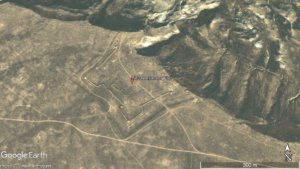
Overlooking Dead Kultuk Bay is New Alexander Fort. It’s located on the cliff edge of the Western Chink Ustyurt (Западный Чинк Устюрт) and was in
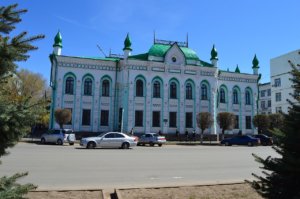
Ural Cossacks founded Oral (aka Uralsk in Russian) in 1584. To establish it, they had to oust the Mongol Nogai Horde from the area. Throughout
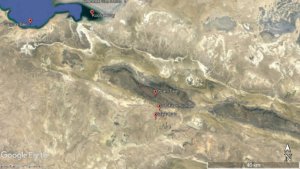
Otpan Tau (532 m) is the Mangyshlak Peninsula’s highest point. From the summit, you can see unrestricted views of Mangystau’s vast steppe, the Caspian Sea,
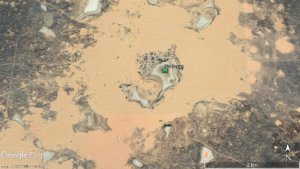
The Ryn, also known as the Naryn Sands, is Kazakhstan’s westernmost desert. It spans for over 350 km between the Volga and Ural Rivers, and
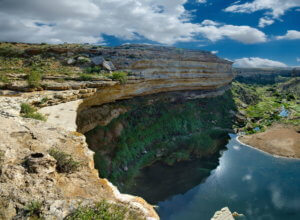
Ninety kilometres north of Aktau is Saura Canyon. It starts 2.5 km inland, runs southwest towards the Caspian Sea and ends in front of the
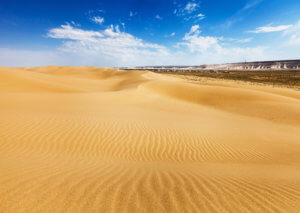
The Senek Sands, also known as Tuyesu (Туесу), is an 11 x 30 km area of dunes located halfway between Zhanaozen city and Boszhira. Barchan dunes cover the south and
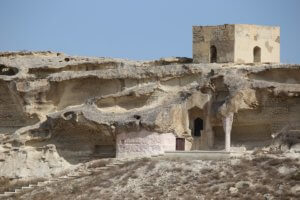
Situated 4 km south of Sarytash Bay, the 10th-century Shakpak-Ata is one of Mangystau’s most interesting historical-religious sites. Tauchik, a small village, is the nearest
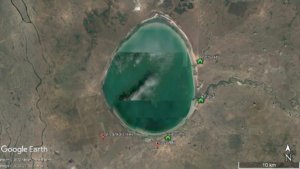
The egg-shaped Shalkar Lake is south of Oral (aka Uralsk). The brackish lake measures 15 x 18 km and is fed by two rivers on
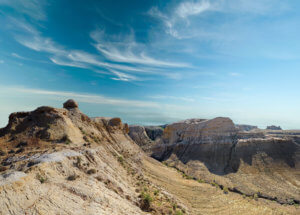
Shalkar-Nura is in the central section of the Irgiz-Turgay Nature Reserve and is a part of the Aktobe Region’s easternmost district: Irgiz. Although the district
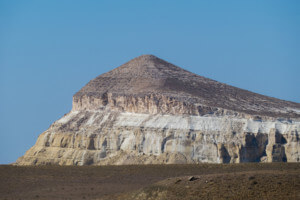
Sherkala (307 m) is five kilometres west of Ayrakty-Shomanai on the northern side of West Karatau Ridge. In Turkmen, Sherkala means ‘Lion Fortress’ as its western aspect looks like
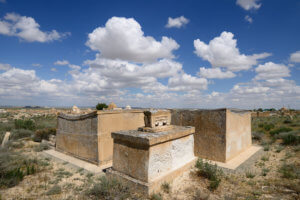
Twenty kilometres north of Senek village is Shopan-Ata, a circa 10th-century underground mosque that is one of Mangystau’s oldest religious sites. It was first surveyed
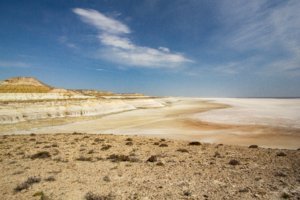
Eight kilometres south of Kizyl-Bas/Say-Utes is Sor Tuzbair, a salt marsh stretching for 15 km along the edge of the Western Chink Ustyurt. Along with
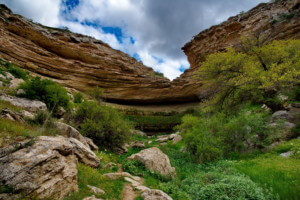
The rugged Tamshaly and Meretsay Canyons are 15 km west of Cape Dzhigalan and 30 km east of Fort Shevchenko. Their names are used interchangeably,
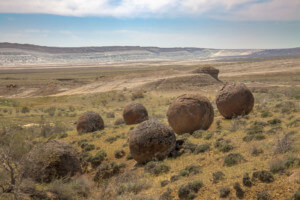
Eight kilometres east of the Aktau-Kalamkas road is the Valley of Balls. Locally known as Torysh, the valley lies on the north side of the
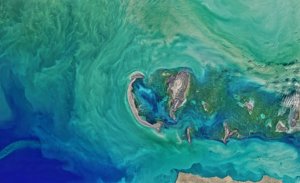
Ten kilometres off the north coast of Tub-Karagan Peninsula is the Tyuleniy Archipelago. Tyulen means ‘seals’ in Russian. The archipelago consists of five named islands. The westernmost
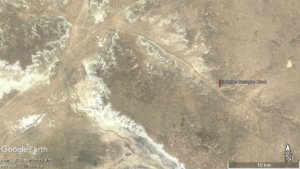
According to G.N. Amelichev’s “A Brief History of Cave Exploration in the USSR and Russia”, there are over 50 caves in the Ustyurt region. Here’s
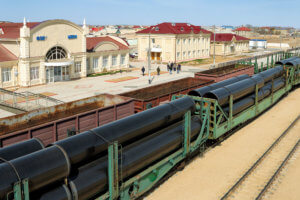
Founded in the late 1960s, Zhanaozen has a population of 100,000+ people, making it the Mangystau Region’s second largest city. Until 1992, it was called
Copyright © Planet Esoterica, 2021. No part of this site, www.planetesoterica.com, may be reproduced in whole or in part in any manner without the permission of the copyright owner. All rights reserved.
Made with 